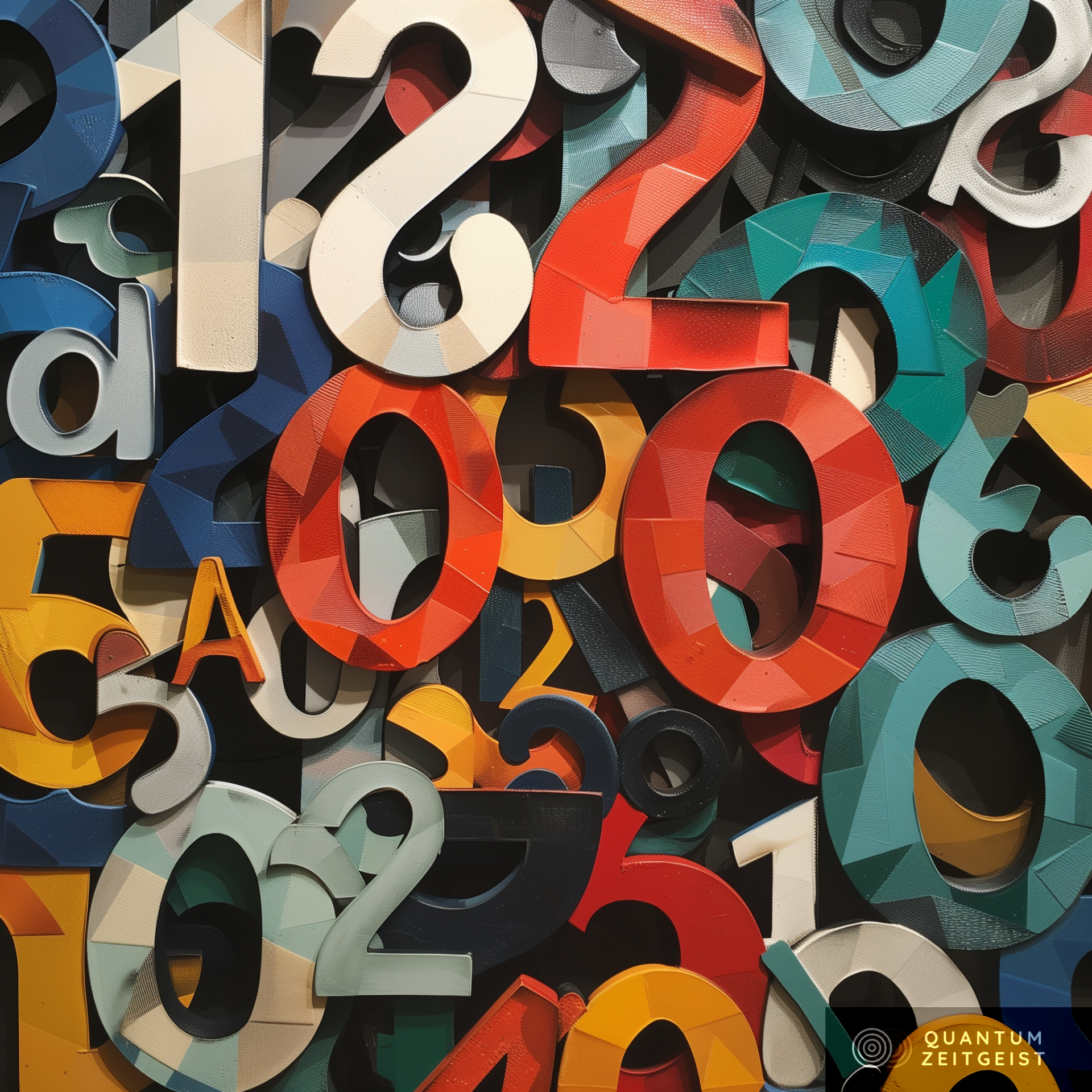Quantum mechanics, with its inherently probabilistic nature, offers a promising avenue for random number generation, crucial for cryptography and computational simulations. Quantum computers, such as the Ascella photonic quantum computer developed by Quandela, are being used to generate truly random numbers. However, while initial simulations suggest a high degree of randomness, practical implementation reveals disparities due to factors like decoherence, imperfections in beam splitters and single-photon sources, and quantum noise. Despite these challenges, the potential of quantum random number generation remains transformative, with ongoing research paving the way for future enhancements in this technology.
What is Quantum Random Number Generation and Why is it Important?
Quantum mechanics, characterized by its intrinsically probabilistic nature, offers a promising avenue for random number generation. This is essential for applications such as cryptography and computational simulations. With the recent advancements in quantum computing and simulation, numerous studies have emerged utilizing these methods for the generation of random numbers. This research delves into the exploration of random number generation utilizing the Ascella photonic quantum computer developed by Quandela, renowned for its implementation of single-photon-based qubits.
Quantum technologies emerge as a revolutionary frontier in science and technology, heralding an era of unprecedented advances and challenging our conventional understanding of computing and information security. At the heart of these advancements lies quantum computing, which by leveraging the principles of quantum mechanics, promises to solve complex problems far beyond the capacity of classical supercomputers. This transformative potential is particularly significant in the generation of random numbers, a critical aspect in various areas such as cryptography, information security, and computational simulations.
The significance of generating intrinsically random numbers is magnified by the advent of quantum computers. The security of cryptographic systems, for instance, fundamentally relies on the randomness of the generated keys. With quantum computers capable of running powerful algorithms like Shor’s algorithm, the need for robust randomness becomes even more critical to reinforce cryptographic security. Furthermore, quantum computers are designed to simulate complex quantum systems where randomness is an intrinsic feature, highlighting the need for reliable sources of randomness.
How Does Quantum Random Number Generation Work?
However, many of the numbers currently used under the premise of being random are not genuinely so, as they originate from deterministic algorithms or phenomena. These numbers are termed pseudorandom, for although they may satisfy tests for randomness, they are based on seeds that are not intrinsically random to generate longer sequences. To address this issue, one turns to quantum physics and quantum principles such as superposition, which are inherently unpredictable and cannot be replicated.
Quantum superposition has profound implications for both quantum computing and the generation of random numbers. Quantum processes such as quantum tunneling or photon splitting generate random outcomes that, due to the superposition of quantum states, are intrinsically unpredictable, and these outcomes can thus be harnessed to obtain truly random numbers.
One method of generating truly random numbers that has gained prominence in recent years is through the use of quantum computers, as they are based on fundamental quantum principles. Experiments conducted in 2019 demonstrated the use of IBM’s 20-qubit quantum computer, the 20Q Tokyo, where qubits were prepared in a quantum superposition state between the 0 and 0 states through the application of a Hadamard (H) gate and then measured. This represents the simplest example of measuring qubits in superposition to generate random numbers, however, the results obtained showed that the samples were biased and correlated, necessitating post-processing to pass statistical tests.
What is the Role of Quandela’s Photonic Quantum Computer in Quantum Random Number Generation?
Currently, various types of quantum computers are being developed around the world, and in this paper, an optical quantum computer, the Quandela, is utilized, which was developed by a French company established in 2017 and uses single-photon-based qubits. The aim of this work is to prepare qubits in a quantum superposition of states through the use of beam splitters and perform measurements in order to generate random sequences.
This optical quantum computer, known as the Ascella, is leveraged within the Perceval framework to generate random sequences through the superposition of quantum states generated using photons and beam splitters. The analysis includes a performance comparison between simulations and experimental tests with the quantum computer, subjecting the outcomes to the NIST SP 800-22 randomness tests.
While initial simulations suggested a high degree of randomness, practical implementation revealed certain disparities attributed to factors such as decoherence, imperfections in beam splitters and single-photon sources, as well as quantum noise. This study contributes to the understanding of random number generation on quantum platforms, identifying challenges and limitations while providing strategies for future enhancements in this quantum technology.
What are the Challenges and Limitations in Quantum Random Number Generation?
Despite the promising potential of quantum random number generation, the practical implementation of this technology is not without its challenges. Factors such as decoherence, imperfections in beam splitters and single-photon sources, as well as quantum noise, can introduce disparities in the generated random sequences.
These disparities were observed in the performance comparison between simulations and experimental tests with the Ascella photonic quantum computer. While the initial simulations suggested a high degree of randomness, the practical implementation revealed these disparities, indicating the need for further research and development in this area.
However, these challenges and limitations do not diminish the transformative potential of quantum random number generation. Rather, they provide valuable insights into the areas that need to be addressed in order to enhance the performance and reliability of this technology. By identifying these challenges and limitations, this research contributes to the ongoing development of quantum technologies and paves the way for future enhancements in quantum random number generation.
Publication details: Quantum Random Number Generation using Quandela Photonic Quantum Computer
Publication Date: 2024-04-02
Authors: M. A. de Souza, Flávia P. Agostini and Luiz Vicente Gomes Tarelho
Source: Research Square (Research Square)
DOI: https://doi.org/10.21203/rs.3.rs-4177514/v1

